Do I Really Need A Food Thermometer?

Do I really need a food thermometer?
It's a question a lot of people ask. You may even have one, buried deep inside some kitchen cupboard, only for it to see the light of day at Thanksgiving... ......or maybe never!
And yet, it's one of those tools where, if used properly, it should be an absolute essential.
Unless you've got x-ray vision (hi Superman, back from your Krypton vacation?), then knowing how well done a food is on the inside, from the outside, is near enough impossible!
Most people understand this when they're thinking of large meals, such as a roast turkey (no wonder meat thermometers all come out in November!)
And yet, the very same people don't see the point of using a meat thermometer when barbecuing meats, or cooking smaller roasts, such as a pork shoulder.
Even cake making can be hazardous. If you've baked a cake, and some of the eggs are still raw inside, and you then serve to a pregnant woman, you're putting her (and her unborn child) at so much risk!
A good food thermometer is a must for any kitchen, and deserves to be hung up or stored somewhere that's within easy reach for everyday use.
So what should I look out for in a good food thermometer?
 1) Long 'probe'
1) Long 'probe'
When you have a long probe, you can get right into the middle of the food where it is the furthest away from the heat source. It's the middle of the food which is getting the least amount of heat, and you need to make sure that this part is at a safe temperature.
Also, short probes mean your fingers can get too close to the food, and you risk burning them.
2) 'Freeze' temperature button
As soon as you take out the probe, a good thermometer will register this and the temperature display will show a drop in temperature.
There's no getting around this! If you want a responsive thermometer that shows accurate results, then of course it will show a lower temperature as soon as you take it out of food, as it is reacting to the cooler air temperature (compared to the previous warmer food temperature).
Look for a function which allows you to 'freeze' the temperature while the probe is in the food. Then, even when you take the probe out to check the temperature, the reading will stay as it was whilst the probe was inside the food.
This stops you from assuming the food is cooler than it actually is, cooking for far too long, and ruining the meal!
3) Check for a minimum temperature function
The best practice is for you to place the food thermometer probe into the middle of foods (so right in the middle of hamburgers, the plumpest part of chicken, or the center of cakes).
As explained before, this means you are checking the temperature in the part of the food which is furthest away from a heat source, and therefore the coolest part of the food.
However, it's not always possible to check the correct part. For example, perhaps you've trussed up a chicken in a certain way which makes getting at the plumpest part impossible?
Having a minimum temperature function allows you to see what the minimum likely temperature is inside food.
So, for example, you've stuck a food thermometer into the thigh of a chicken roast, and it reads that it's at a safe temperature. But the minimum reading is showing a temperature that's slightly lower than the recommended safe temperature.
It's wise, at this stage, to assume the plump center of the chicken is still under cooked, and that it's best to cook for a little longer until the food thermometer shows that the minimum temperature is now safe.
4) Back-lighting
This becomes invaluable when cooking outdoors, or even in kitchens where the light is low. A food thermometer is only as good as the person using it, and if someone can't read the temperature display correctly, it's pretty much useless!
A good back-lit display can show the temperature clearly, so you know for sure your food is safe to eat.
Do you absolutely need all of the above? No. Any working thermometer is better than pretending you're Superman and can see right into the middle of foods!
But the above few extras will help you get much more accurate results, which will stop you or others having to pay a visit to ER because you're throwing up your insides!

Get your Chef Remi Digital Cooking Thermometer for FREE today! Order $25 or more in kitchen tools and get FREE Shipping, plus a FREE Thermometer. (Offer only valid until 31st December 2017).


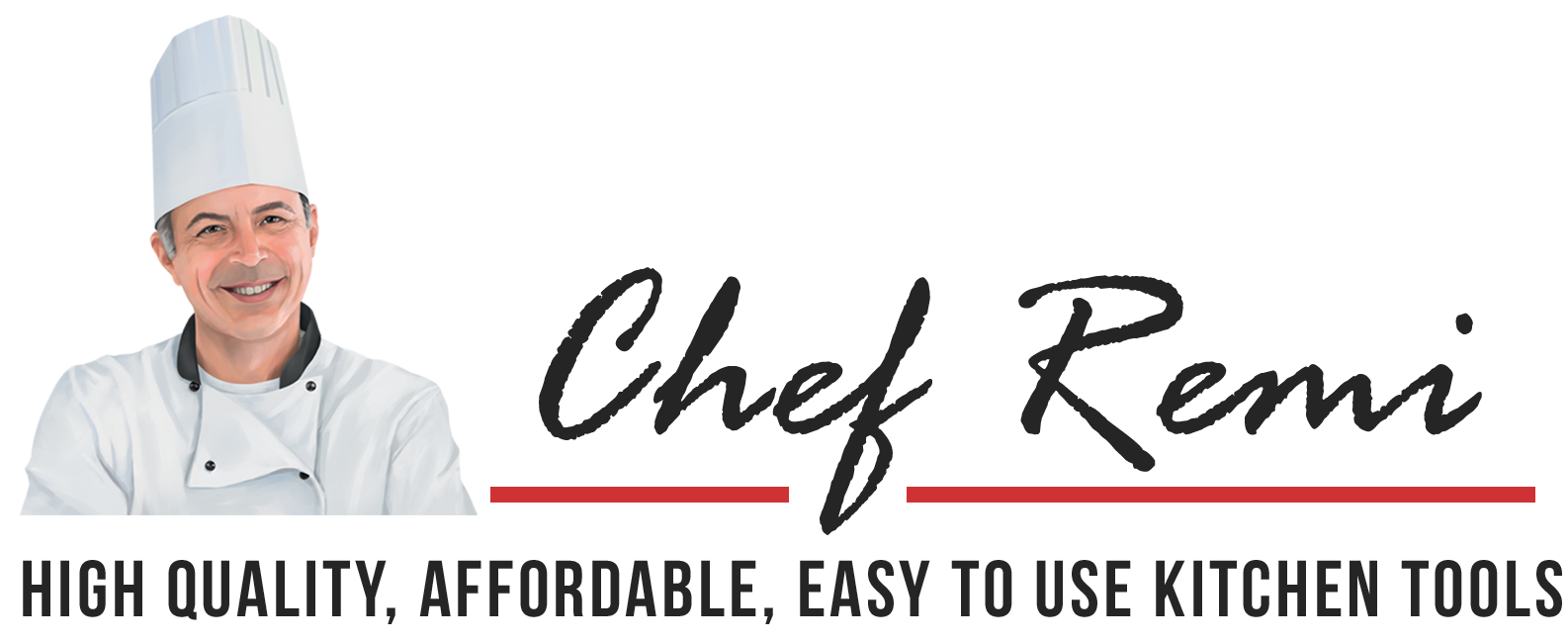


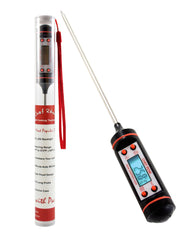
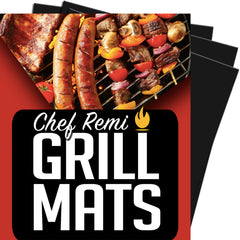
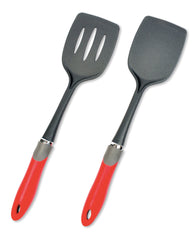
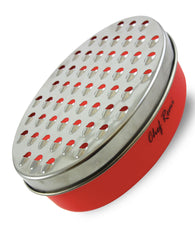
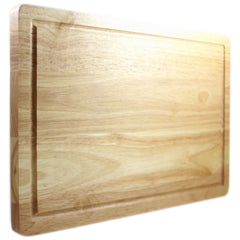
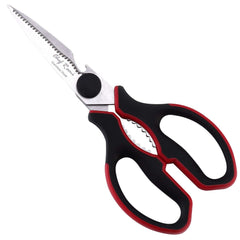
Comments
No comments yet.